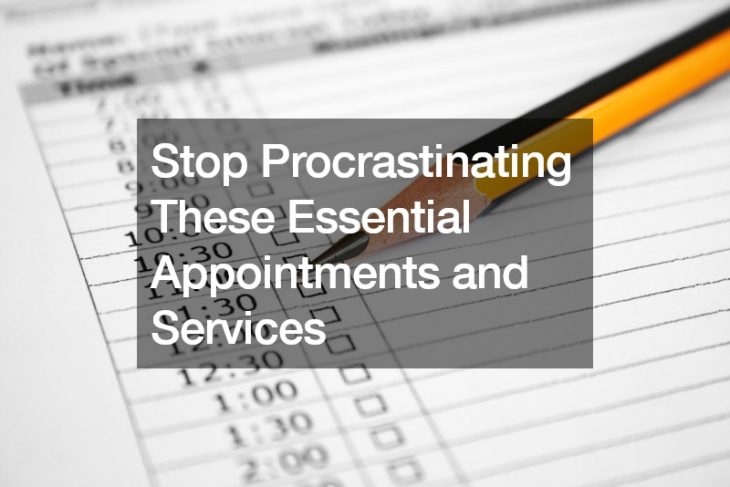
The results of a new study have some researchers wondering if the staggering numbers of children in the United States taking medication for attention-deficit hyperactivity disorder have more to do with environment and expectations, rather than mental state.
The study, carried out by Yale, New York University and University of Wisconsin-Madison researchers, and released Oct. 14, found that children are 30% more likely to be taking a stimulant prescribed for ADHD (such as Ritalin or Adderall) during the school year than they are during the summer.
Class Differences
Furthermore, higher-income kids in states with higher testing expectations were more likely to use these drugs only during the school year, in comparison to students in lower-income, less demanding schools.
Part of this medication pattern is attributable to class differences regarding medical care. Higher-income families are apparently more likely to trust their own judgment, filling prescriptions only when needed.
According to this study, lower-income families, on the other hand, are more likely to fill prescriptions year-round as recommended by their doctors.
Past research, however, has shown that even though ADHD is more frequently diagnosed among low-income students, medication use is more common among higher-income students. This may be because drug costs are easier for the latter group of students’ families to manage. There are also widespread reports of high-achieving students taking prescription stimulants in order to outperform classmates at prestigious schools, but thus far there has been no reliable confirmation of how common the practice actually is.
Curriculum Changes
The study also cross-referenced the children taking stimulants with states that have adopted academically narrow educational procedures, including specific content and testing expectations (such as Common Core).
Ever since No Child Left Behind was passed in 2002, schools have shaved arts, history, physical education — even recess — out of their schedules to place more emphasis on math and reading.
Explaining the link between this increased focus on so-called academic subjects and stimulant use, Marissa King, an assistant professor of organizational behavior from Yale, said that “Kids are actually just trying to manage a much broader shift in the way the school day is structured.”
One potential explanation then is that children who spend their summer outside playing don’t need medication until they’re asked to sit at a desk for the majority of the day without physical outlets.
Complicating Factors
Experts caution, however, that the study’s findings should be taken with a grain of salt.
For example, the study did not take into account the details of each child’s diagnosis, since ADHD may manifest in several different ways.
Andrew Adesman, a developmental pediatrician, told USA Today that one aspect to look at is the ages of the children included. This study focused on middle school and high school students, both of whom are most likely to be prescribed stimulants for the variant of ADHD that manifests as inattentiveness.
Younger primary school students, on the other hand, are more likely to exhibit impulsiveness and hyperactivity — both qualities that would prompt year-round medication regardless of school structure.
ADHD Treatment in the United States
The high rate of ADHD diagnosis and medication in the U.S. has created mounting concern among doctors and parents that children who are merely energetic or unfocused are being unnecessarily stigmatized and over-medicated.
ADHD diagnoses have risen by 41% in the last decade alone. Currently, there are approximately 5.2 million American children between the ages of 3-13 who have been diagnosed with ADHD.
And according to an article published in Nature, the U.S. prescribes more ADHD drugs than the rest of the globe combined.
Some medical professionals, though, say that myths about prescription stimulant use — such as Adderall’s reputation as an “academic steroid” — can marginalize people who are actually struggling with ADHD.
Even medical professionals who do believe that such stimulants are an important part of treatment generally recommend that a more comprehensive approach, including counseling and organizational coaching, be taken.













